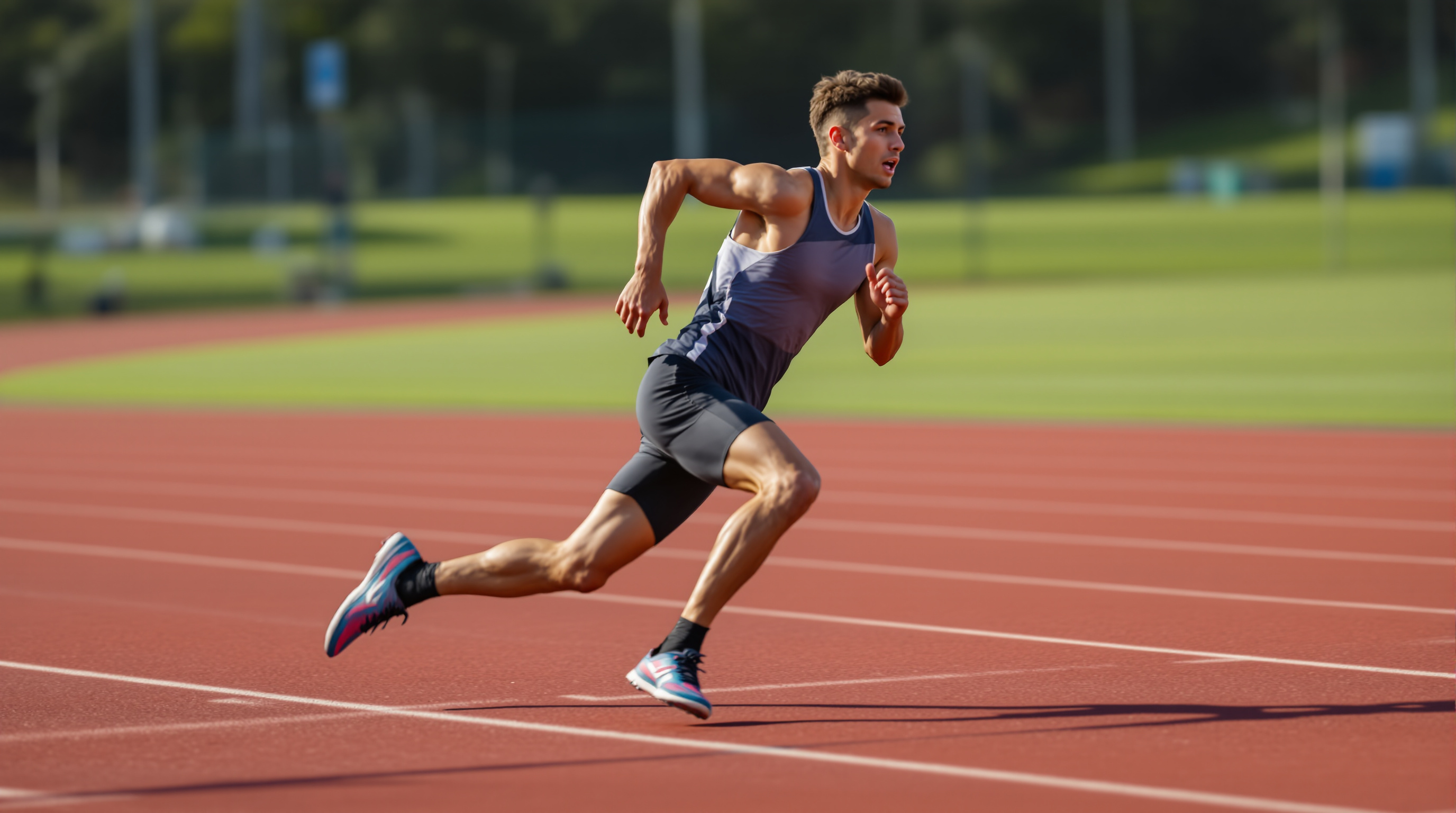The 5K (3.1 miles) and 10K (6.2 miles) distances represent perfect starting points for new runners and excellent speed development opportunities for experienced athletes. A 5K is achievable for most people with just 8 weeks of dedicated training, while the 10K offers the ideal next step or half marathon preparation. These distances were core components of the Mercer Island Half Marathon event, bringing together runners of all abilities for community racing at its best.
Couch to 5K: Your First Race in 8 Weeks

The Couch to 5K program transforms complete beginners into 5K runners through gradual progression using run/walk intervals. This proven approach minimizes injury risk while building confidence and endurance.
The Run/Walk Method
Begin with short running intervals alternated with walking recovery. Each week, gradually increase run duration and decrease walk breaks. This allows your body to adapt safely to running's impact.
8-Week Progression Example
- Week 1: 60 sec run / 90 sec walk x 8 reps (3 days)
- Week 2: 90 sec run / 2 min walk x 6 reps
- Week 3: 90 sec run / 90 sec walk, then 3 min run / 3 min walk x 2
- Week 4: 3 min run / 90 sec walk, then 5 min run / 2.5 min walk x 2
- Week 5: 5 min run / 3 min walk, 8 min run / 5 min walk
- Week 6: 10 min run / 3 min walk x 2
- Week 7: 25 minutes continuous running
- Week 8: 30 minutes continuous running (5K distance!)
Key Principles: Be patient with progression. Repeat weeks if needed. Consistency matters more than speed. Celebrate every milestone—you're becoming a runner!
Resources: Official Couch to 5K | Beginner Running Advice


